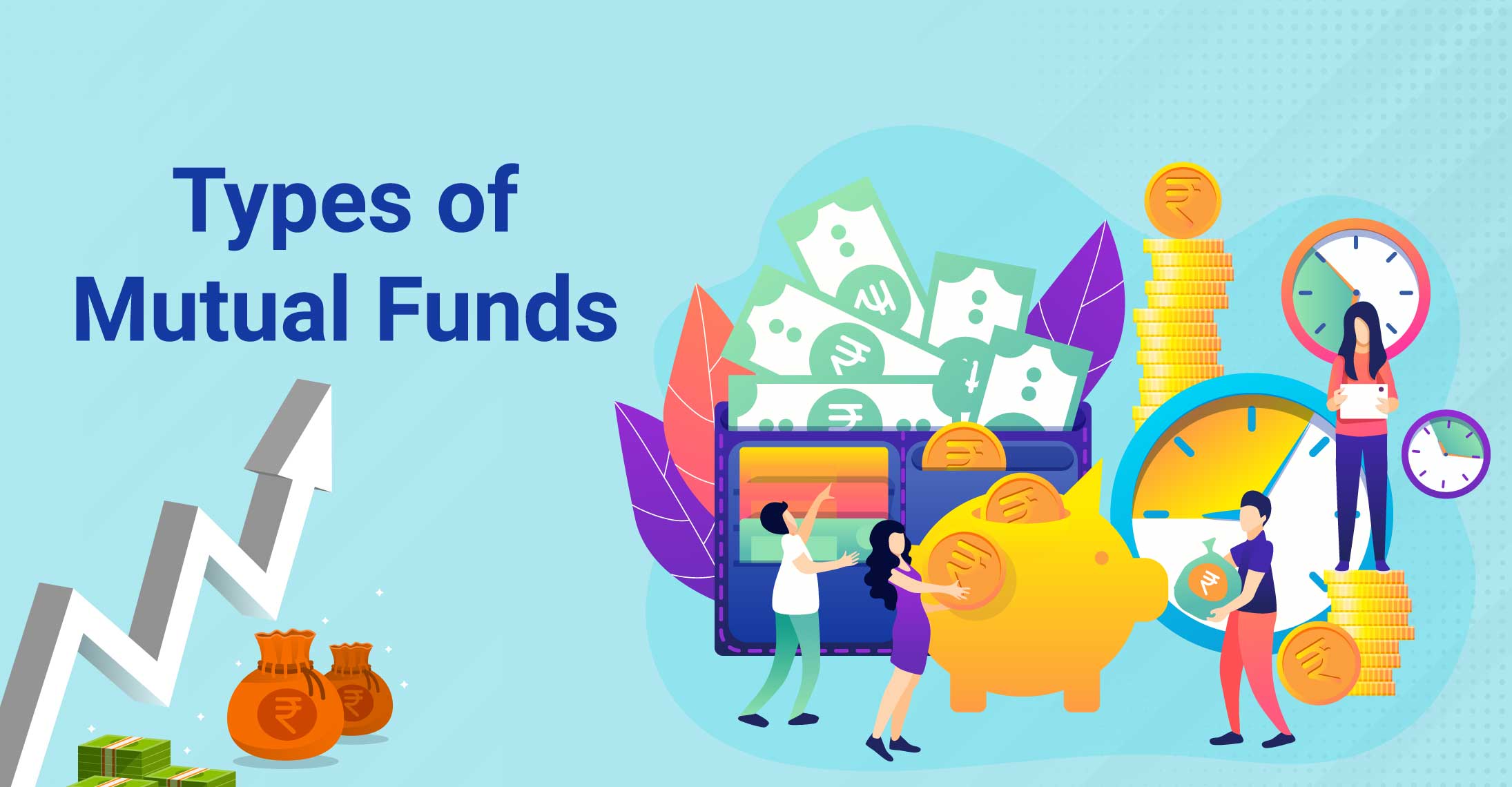
Mutual fund Investment has gained popularity as an investment option among people looking to diversify and increase their wealth under expert supervision.To make informed decisions, investors must understand mutual funds. There are many types of mutual funds, each with different goals and risk levels.
In this blog, we will talk about mutual funds and their different types. Keep reading to know more.
A mutual fund is a type of investment vehicle that combines the capital of several participants to buy a variety of securities, including bonds, stocks, and other assets.
Professional fund managers manage these funds, aiming to generate returns for investors by strategically allocating the pooled funds across various assets.
There are many different kinds of mutual funds, and each has unique traits, goals for investments, and degrees of risk. New investors can select the best mutual fund depending on their risk tolerance and financial goals by being aware of these sorts.
Mutual fund Investment has gained popularity as an investment option among people looking to diversify and increase their wealth under expert supervision. To make informed decisions, investors must understand mutual funds. There are many types of mutual funds, each with different goals and risk levels.
In this blog, we will talk about mutual funds and their different types. Keep reading to know more.
These funds are perfect for investors seeking long-term growth because their primary investment type is stocks.
Higher risk of loss is possible with higher profit potential; this mutual fund is usually regarded as the most volatile of all of them.
Invest in substantial, reputable businesses. Large cap corporations are often seen as less risky. They have better business structures, income streams, and client bases than Mid Cap and Small Cap companies.
Invest in businesses that are medium-sized and have room to develop. Compared to small cap funds, these funds are less volatile but riskier than large cap funds. They are suitable for moderate risk takers. The risk-return trade off is more balanced.
Focuses on smaller businesses that carry more risk but also have greater room for growth. Small cap funds are the most unpredictable. The fund is more vulnerable to changes in the market, competition, and the economy. Their stock prices are subject to extreme fluctuations in a short amount of time.
Instead, sector funds focus on specific sectors such as energy, healthcare, or technology. Although more volatile, they can be rewarding if the particular industry performs well.
Thematic funds choose the stocks of businesses in industries that fall under a specific topic, such as infrastructure, services, PSUs, or multinational corporations. They carry less risk than sectoral funds since they are more diversified.
Value funds seek out inexpensive stocks. These funds will carry more risk. A poor choice might greatly affect the portfolio's return.
These funds invest in bonds and other debt securities. People also call them fixed-income funds. Those looking for mutual fund investment with steady returns and less risk than stocks might consider them.
Increased exposure to equities for better returns.
For consistent returns, take on more debt.
FMPs are closed-ended funds. They only invest in securities whose maturity matches the fund's. This removes interest rate risk and locks in a yield.
Mutual fund schemes known as fund of funds invest in the units of other mutual fund schemes or schemes from other mutual funds. The FoF's investing goals serve as the foundation for investment strategy.
To profit on the difference in the price of the asset in the two markets, an arbitrage fund purchases a stock in the cash market and simultaneously sells at a higher price.
Closed-ended hybrid funds with a focus on capital protection build a portfolio of debt instruments and equity derivatives.
A multi-asset fund offers exposure to a range of asset classes and often offers a level of diversity more typified of institutional investing.
Hybrid Funds invest in a combination of debt instruments and stocks. They aim to achieve a "balance" between growth and revenue.
Index funds are mainly meant to replicate the performance of a market index. This can be one like the Sensex or Nifty. These funds use a passive strategy. They give access to a large market at low costs.
An ETF trades on a stock exchange like a common stock, unlike traditional mutual funds. ETFs trade at a fluctuating price, like any stock, because they are bought and sold on the exchange. ETF units must be kept in demat mode at all times.
Gold is the primary asset of gold exchange-traded funds (ETFs). Every unit will be equivalent to a specific weight of gold, usually one gram. Plans may allocate up to 20% of net assets to gold deposit schemes offered by banks.
International funds invest in markets outside India. They do this by holding equities, ADRs, GDRs, and other assets in their portfolios.
There is an array of funds to choose from and thus mutual funds in India have numerous types of mutual fund investment options available in the market.
It is also significant for one to know that there are different kinds of mutual funds available in India.
Therefore, you should base your decision on your investment risk tolerance and financial goals without exceptions. Finally, ensure you consult a mutual fund distributor before investing in mutual funds.